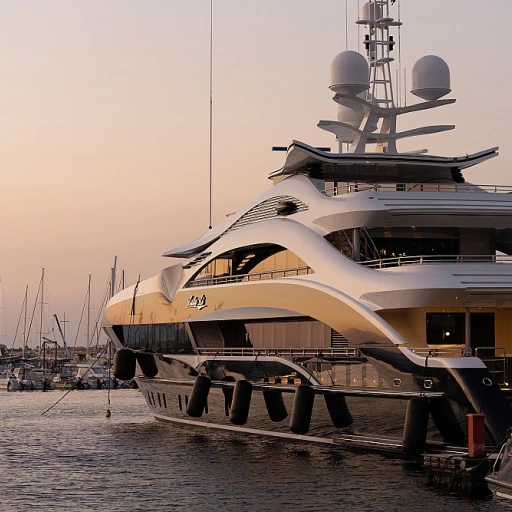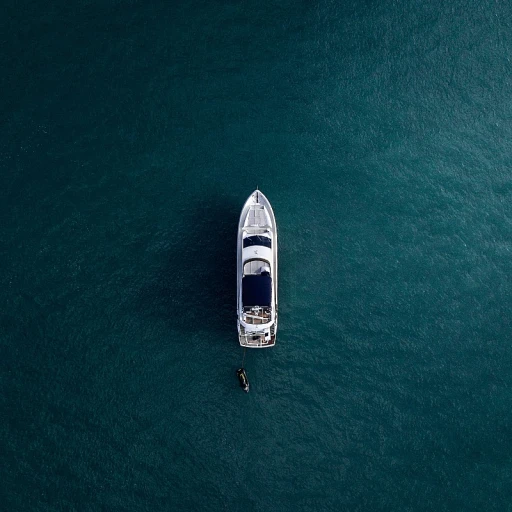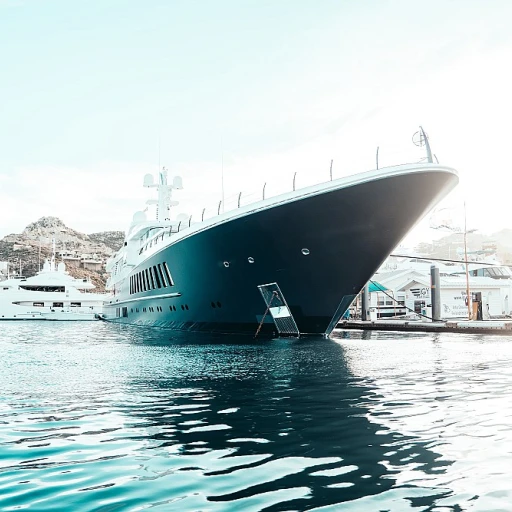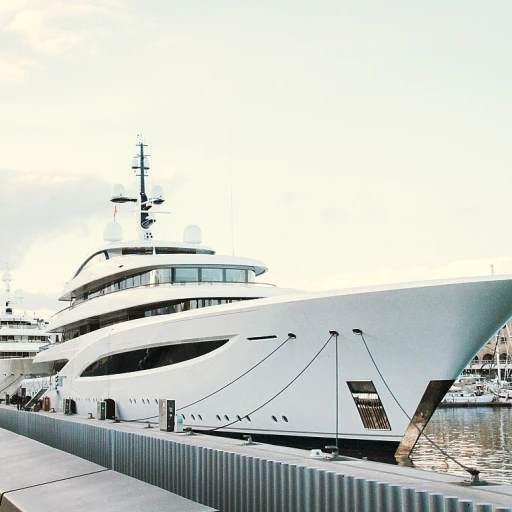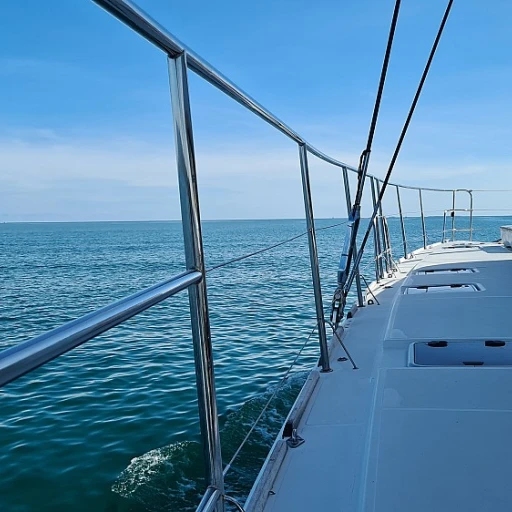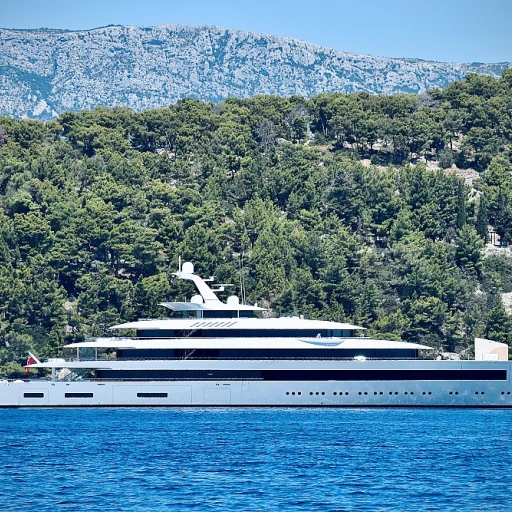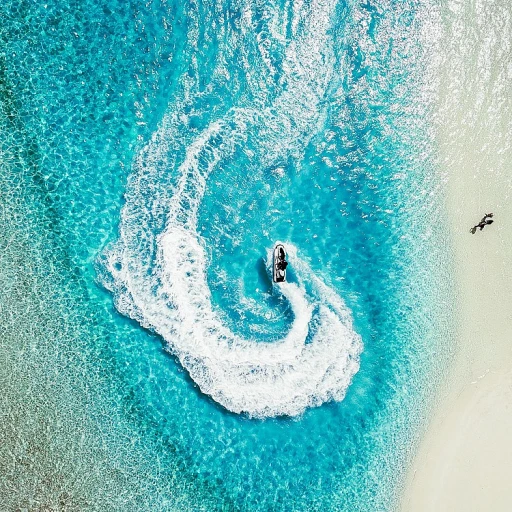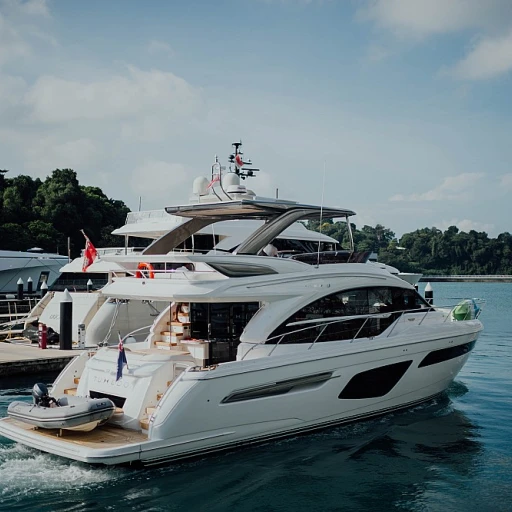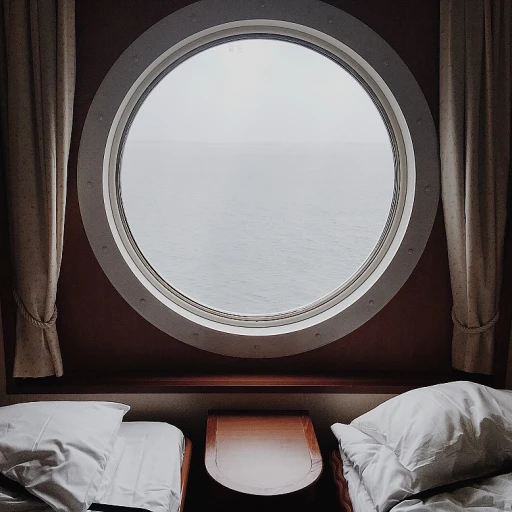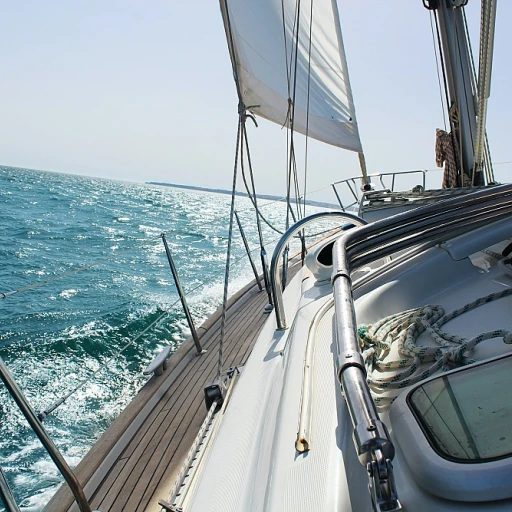
The Role of Navigation Lights in Yachting
The Importance of Navigation Lighting
Whether you are an experienced yachtsman or a newcomer to the maritime world, understanding the essential role of navigation lights is crucial for safe yachting. These lights are not just for aesthetics; they ensure that your vessel, whether it's a small boat or a large yacht, is visible to others, especially in low visibility conditions. Navigation lights provide key visual signals that help determine the size, type, and direction of a vessel. Each type of light, including the red light on the port side, the green light on the starboard side, the white light at the stern, and the all-important masthead light, has a specific purpose to ensure that every vessel is clearly identified at sea. Navigation lighting includes sidelights, a stern light, and sometimes a masthead light and flashing lights specific to conditions or vessel type. They are designed to be visible from certain degrees around the vessel. For example, sidelights—red on the port and green on the starboard—are visible over an arc of 112.5 degrees, allowing other boats to determine the direction you are heading. The stern light is white and shines over an arc of 135 degrees, while the masthead light is visible with a round white light over 225 degrees. In order to enhance safety on the water, understanding these elements and ensuring that your navigation lights are correctly installed and maintained should be a top priority. Moreover, utilizing advanced equipment such as personal flotation devices can be integral to safety. If you want to learn more about enhancing safety, Embrace Advanced Personal Flotation Devices can provide additional insight. By adhering to these lighting prescriptions and ensuring that each light is visible from the appropriate number of feet or meters, the risks of collision or misunderstanding on the water are significantly reduced.What is a 360-Degree Red Navigation Light?
Understanding the Unique Characteristics of a 360-Degree Red Light
A 360-degree red navigation light plays a crucial role in ensuring safety and communication on the water, particularly at night or in conditions of reduced visibility. This specific light is quite unique as it is visible from all directions around the vessel, offering a full circle of illumination, or 360 degrees. This round light provides an unmistakable signal to other boat operators, distinguishing the vessel's presence and course. The red light is typically mounted high on the yacht, often on the masthead, ensuring it remains unobstructed and highly visible over long distances. According to maritime conventions, red lights usually indicate the port side of the vessel, while green lights are used for the starboard side, establishing a clear directionality that other boats can understand. The 360-degree red light is a critical component in a yacht's array of navigation lights, which may also include sidelights, stern lights, and white masthead lights. Together, these lights create a full spectrum of visibility, informing other vessels of the yacht's orientation, dynamics, and action status. Deploying these lights correctly in adherence to regulations helps prevent collisions and maintains smooth navigation even in the busiest waterways. For those interested in optimizing their yacht's lighting system, contemplating essential dock components can enhance not only the function but also the aesthetics of your vessel. More insights can be found in this article on essential dock components, which offers valuable tips for yacht enthusiasts.Regulations and Guidelines for Using 360-Degree Red Navigation Lights
Understanding the Legal Framework for 360-Degree Red Navigation Lights
When it comes to ensuring the safety and proper navigation of vessels, it’s essential to adhere to established regulations concerning navigation lights. Among these, the guidelines for 360-degree red navigation lights play a critical role in maintaining visibility and preventing collisions, particularly in power-driven vessels and boats. These regulations are governed by international maritime laws and national policies.
Primarily, navigation lights are crucial in communicating a vessel's identity, position, and direction to other craft on the water. Therefore, proper usage and compliance with legal guidelines are paramount. A 360-degree red navigation light serves a specific purpose and must be used correctly to comply with marine safety standards.
Under maritime regulations, a 360-degree red light indicates the port side of a vessel when visible to others on the waterways. In most jurisdictions, this light must be positioned correctly to ensure it is visible over a specific range of feet or meters, typically aligning with the vessel's stern light and green light to provide a complete navigation picture.
Regulatory bodies, like the International Maritime Organization (IMO), provide comprehensive guidelines to guarantee that these lights are installed and maintained correctly, ensuring they remain visible even in poor weather. Following these guidelines means equipping your vessel with the prescribed lighting to avoid any legal infractions or potential navigational issues. Understanding these requirements is not only about compliance but is also a crucial aspect of safe and responsible boating.
Scenarios for Using 360-Degree Red Navigation Lights
Situations Requiring 360-Degree Red Navigational Use
In yachting, understanding when to use a 360-degree red navigation light is crucial for maintaining safety and compliance with maritime regulations. These lights serve distinct purposes, particularly during specific scenarios at sea.- Anchorages or Restricted Movements: When a vessel is at anchor or operating with limited mobility, using a 360-degree red light can signal to others that your yacht is stationary or maneuvering with difficulty. This light is different from the traditional white anchor light, which is generally visible from all directions. The red signal acts as an additional cautionary measure.
- Low Visibility Conditions: In circumstances of fog or heavy rain, a 360-degree red light enhances the overall visibility of your yacht. Although masthead lights such as the standard white or side lights are necessary, a red light ensures that your boat remains prominent even under poor lighting conditions.
- Night Time Signaling: Night navigation requires advanced strategies for signaling to other vessels. A 360-degree red navigation light helps in making your vessel's presence clear alongside other prescribed lights like sidelights (red and green) and the stern light (usually white).
Installation and Maintenance of 360-Degree Red Navigation Lights
Installing Your 360-Degree Red Navigation Lights with Precision
Installation of 360-degree red navigation lights on your yacht is not just about affixing the lights to your vessel. It is a process that requires attention to detail, ensuring that the lighting system performs optimally in aiding visibility and enhancing safety. Here are steps and tips to guide you through a successful installation:- Positioning the Lights: The placement of your 360-degree red navigation light is crucial. It should be mounted at a height where it is clearly visible to other vessels from all directions. Typically, this means positioning it above other lights, such as sidelights and stern lights, ensuring it stands out.
- Electrical Connections: Proper wiring is essential to prevent electrical failures. Connect the navigation lights to an appropriate power source, usually the vessel's electrical system. Be meticulous in ensuring waterproof connections, using marine-grade connectors that withstand the harsh sea environment.
- Compatibility Checks: It's imperative to confirm that your chosen lighting setup is compatible with your yacht's lighting system. This includes ensuring that the 360-degree red light complements other navigation lights, such as green sidelights and white stern lights, without interference.
- Visibility Considerations: While ensuring your light is visible from every angle, avoid obstructing the light's visibility with structures like masts or deck equipment. If necessary, install the light on a masthead to enhance its coverage.
- Testing the Installation: Once installed, conduct thorough testing both in a stationary position and while the yacht is underway. This ensures that the light maintains its visibility and function when the vessel is actively engaged in navigation.
Common Mistakes and How to Avoid Them
Mistakes to Avoid When Using Navigation Lights
One of the most common mistakes while handling navigation lights, including the crucial 360-degree red navigation light, is assuming its visibility from all angles. It's vital that these lights be conspicuous at all times to ensure proper signaling to other boats or vessels. Another frequent error is the incorrect installation of lights which can lead to dangerous situations. For instance:- Incorrect Placement: A light must be positioned at the appropriate height (limit in terms of feet or meters) to be effective.
- Misalignment: If a navigation light such as the masthead light or stern light is improperly aligned, it may not be visible from specific angles, compromising safety.


